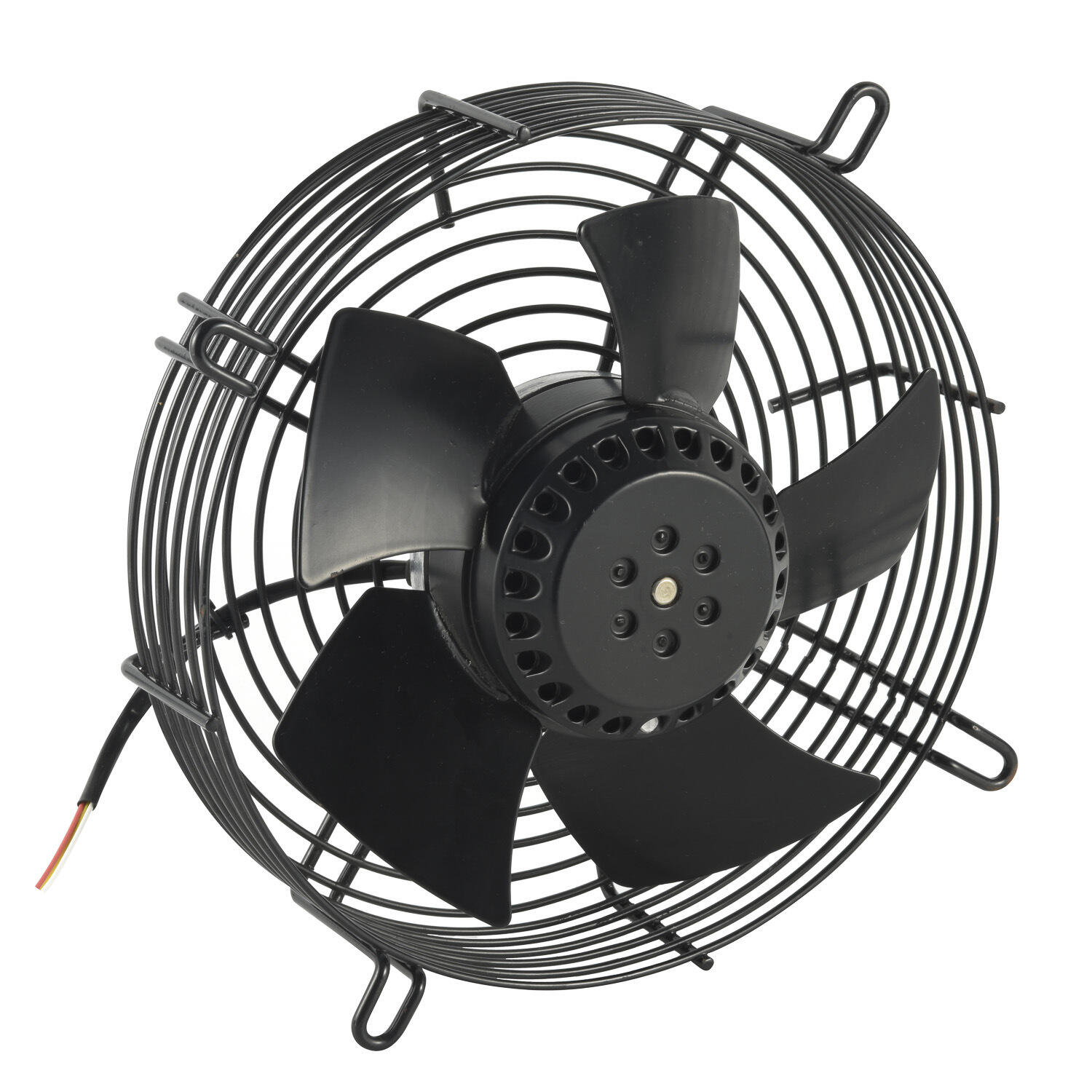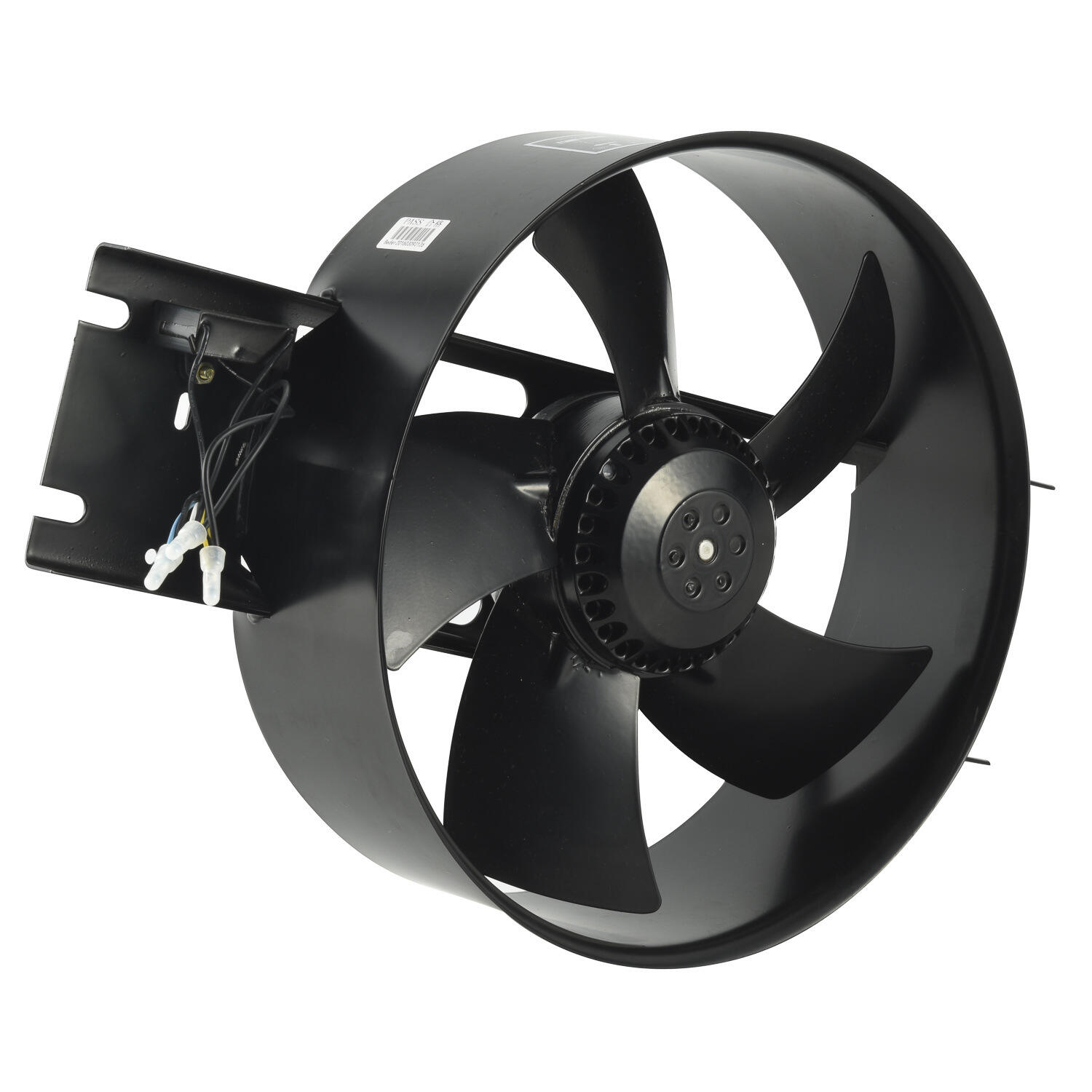oil temperature indicator
The oil temperature indicator is a crucial instrument designed to monitor and display the temperature of oil in various mechanical systems, particularly in vehicles and industrial machinery. This sophisticated device utilizes advanced sensing technology to provide real-time temperature readings, ensuring optimal performance and preventing potential damage caused by overheating. The indicator typically consists of a temperature sensor, signal processing unit, and display interface, working in harmony to deliver accurate measurements. Modern oil temperature indicators often feature digital displays with programmable warning thresholds, enabling users to set customized temperature alerts. These devices are essential in both automotive and industrial applications, where they help maintain engine efficiency, protect equipment from thermal stress, and extend the operational lifespan of machinery. The versatility of oil temperature indicators makes them invaluable in various settings, from personal vehicles to large-scale manufacturing facilities, where precise temperature monitoring is crucial for maintaining optimal operating conditions and preventing costly equipment failures.


